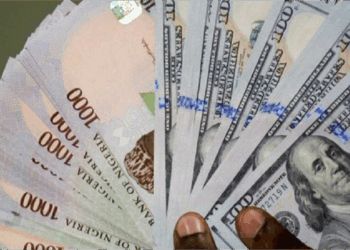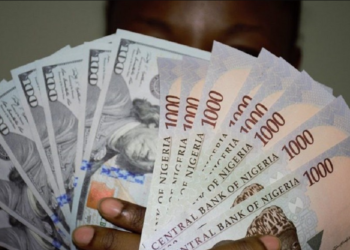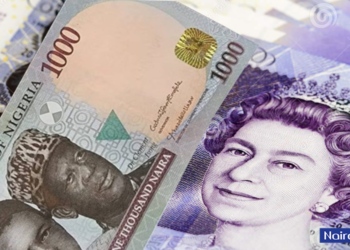The dollar has become the reserve currency of most countries in the world. More than $1.8 trillion of Federal Reserve notes are in circulation, as it is believed that two-thirds of the $100 bills and nearly half of the $50 bills are held outside the United States.
In a report by Uptin Saiidi of CNBC, he said that the US dollar is kept by many governments in reserves since it is regarded as the Defacto global currency. Most companies and countries trust it for international trade.
Even with the coronavirus pandemic having devastating impacts across the global market and wiping out trillions in asset value, the US dollar is unaffected by the turmoil. At some point, it surged against the basket of major world currencies like the Pound, Euro, Japanese Yen, Swiss Francs, Canadian Dollar, and so on.
READ MORE: Naira crashes further at the parallel market due to dollar scarcity, lowest since 2017
Why the spike in the value of the dollar?
According to the Treasury Secretary of the United States, Steven Mnuchin, the dollar is strong because of the US economy, so people want to hold the dollar because of its safety.
In times of uncertainty, investors flee to what is known as safe havens. Investments are expected to hold their value during market turbulence and the US dollar is seen as such. This is because it’s from the world’s largest economy, the United States, which is politically and economically stable.
Demand for the dollar can cause shortages during times of economic crisis, which exacerbate the larger problem. The Federal Reserve, which is responsible for issuing the currency, takes extra measures to prevent a squeeze when there is a rush for the dollar.
For example, during the financial and coronavirus crises, it set up a number of swap lines with other major Central Banks, ensuring that there is enough money available for investment and spending. This helps to stabilize the currency market when the demand for the US currency surges.
Despite periods of market volatility and the inflation that followed, the US dollar has remained the world’s reserve currency. Its sheer volume and America’s efficient banking system made the currency more convenient and cheaper to trade on than other currencies. Today, the vast majority of foreign exchange transactions are done in dollars.
On the global trade, major commodities like metal, agricultural product, oil and energy are traded in dollars.
Even other currencies that are from economically and politically stable countries do not have as much influence and economic power as the United State.
A look at the foreign exchange reserve of Central Banks worldwide shows that majority of them are made up of US dollars by almost 70%. The euro makes up nearly 21%, the Japanese Yen makes up nearly 6% and the pound sterling is about 5%.


















